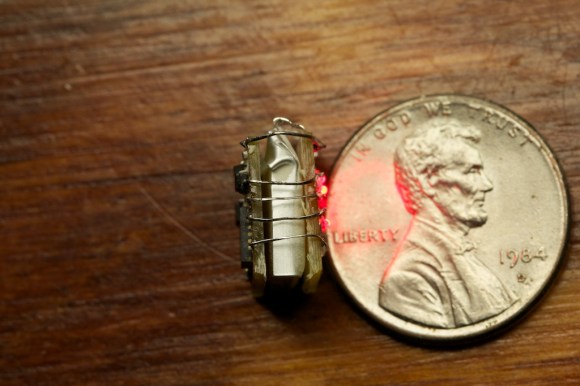
Die-hard Disney fan [Brandon Etto] must have one of the coolest houses in the block around this time of year, especially now that he’s built his own Master Gracey changing portrait. If you’re unfamiliar with the Disney Haunted Mansion attraction, there are a few different versions at theme parks around the world; the Orlando one features a portrait above the fireplace that miraculously ages into skeletal form.
[Brandon’s] recreation uses a Raspi loaded with a Video Looper SD image that cycles through a clip of the aging man image. He fabricated a box to hold a 19″ LCD monitor and mounted an inexpensive IKEA frame to the front. The magic is hidden with window film applied to turn the frame’s glass into a two-way mirror: a technique [Brandon] borrowed from this Halloween Instructable.
For a step-by-step tutorial, you’ll want to head over to [Brandon’s] writeup on MAKE, but stick around for a quick video demonstration after the break and check out another Haunted Mansion hack: the Singing Heads.
Continue reading “Class Up Your Haunted House With A Disney Mansion Prop”
















